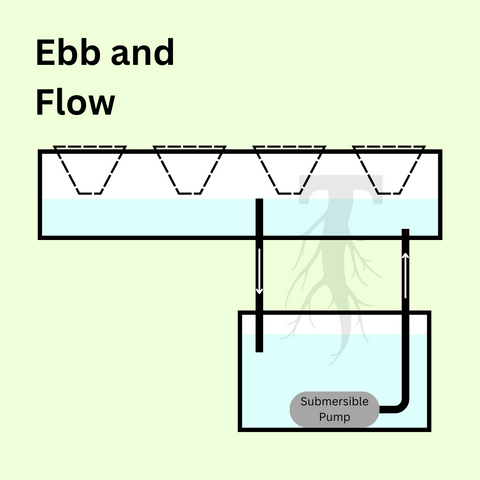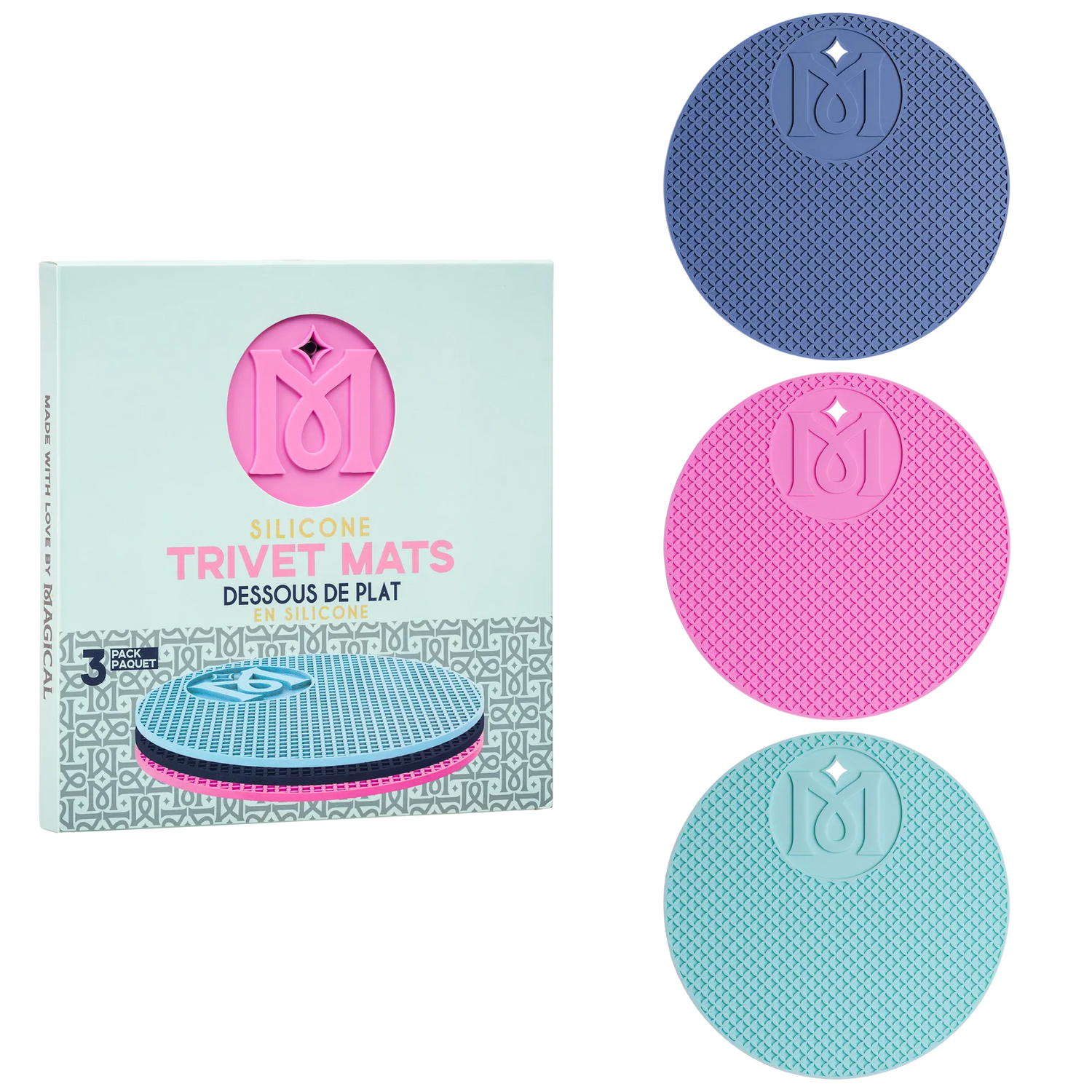Hydroponics, the practice of growing plants without soil.
For such a simple definition, it sure leaves a lot of room for interpretation. So what exactly is Hydroponics, how does it work, and what’s the right way? As it turns out, the answer to that question is anything but simple. But that doesn’t mean that hydroponics itself is difficult to understand, anyone can be a hydroponic gardener.
The Basics
At its core, hydroponics involves growing plants in an inert, soilless substrate. Plants get all of their food from a mixture of water and nutrients called a nutrient solution. A successful hydroponics system combines water, oxygen, and nutrients at the right ratios for healthy plant development.
Types of Hydro Systems
There’s about a hundred ways to set up a hydroponic system, but they’re all based on the following 6 methods.

Kratky
Also called a Passive System, the Kratky method consists of a plant sitting in a net pot above a reservoir with the roots hanging down suspended in a nutrient solution. It requires no electricity and can therefor be used in a wide variety of settings. However, because there is no oxygen being returned to the water, the nutrient solution must be replaced more often to prevent bacterial growth. In hot environments, the solution may need to be changed daily. A gap is left between the water and the base of the plant (gap should be based on the length of the roots) to ensure proper oxygenation of the roots.
Size: A single-plant Kratky system can take up less than 1 square foot of space.
Plants: Good for leafy greens, but flowering plants may suffer.
Difficulty: Beginner

Deep Water Culture
Deep Water Culture DWC systems have the same basic setup as Kratky, except an air stone sits in the bottom of the reservoir, attached by thin tubing to an air pump that sits outside. This addition aerates the solution, reducing bacteria that cause root rot, so your solution can last a week or more. With this system, the water level can sit just below the net cup, where the bubbles can splash up to reach the upper roots.
Size: A single-plant DWC system can take up less than 1 square foot of space.
Plants: Can support large flowering and fruiting plants with proper support.
Difficulty: Beginner

Ebb and Flow
This method is also called Flood and Drain. Plants are held within a soilless substrate (sometimes in pots or grow bags) inside a flood table. Tubing fitted to the bottom of the flood table connects to a submersible pump inside a reservoir. A timer turns on the pump and fills the tray, then turns off and the water flows back into the reservoir. This method requires some trial and error to determine how often, and for how long, to run the pump. Running for too long could overflow the tray, while waiting too long between floods could dry out the roots.
Size: Ebb and Flow systems typically require several square feet of space.
Plants: Can support large flowering and fruiting plants with proper support.
Difficulty: Advanced

Nutrient Film Technique
NFT involves plants suspended with their roots hanging down, and a thin stream of nutrients are pumped from a reservoir into an angled pipe or tray holding the plants. At the end of the tray, the solution flows back into the reservoir. Because of the low amount of nutrient solution used, the first plants in the trough soak up the most nutrients and oxygen and become larger than those at the end. This system needs to be fine-tuned to get the most effective flow rate.
Size: Typically at least 6 feet long, but can be as little as 6 inches wide.
Plants: Leafy greens and some small flowering plants.
Difficulty: Intermediate

Nutrient Drip
Also called Drip Irrigation, some growers don’t think of this as “true hydroponics” because of its similarity to soil methods. The plants are usually potted in plastic pots or grow bags, and set on platforms or in a flood table. Irrigation lines are attached to a distributor cap or a drip or spray spike and nutrients flow into the media and soak the roots. Holes in the pots allow excess solution to flow out, and back into the reservoir. Drip systems are a preferred method of many commercial growers.
Size: Nutrient Drip typically requires several square feet of space.
Plants: Can support large flowering and fruiting plants with proper support.
Difficulty: Beginner

Aeroponics
Once again plants are suspended with their roots hanging down, but unlike the others, these roots are misted with nutrient solution. Irrigation lines connect to small plastic nozzles which force the solution out at high pressure, spraying solution in multiple directions, and excess solution flows back into the reservoir. From time to time the nozzles may become clogged and require cleaning or replacing.
Size: Aeroponics systems typically take up a few square feet.
Plants: Leafy greens and some small flowering and fruiting plants.
Difficulty: Intermediate (Difficult to build and maintain, Easy to use)
Add to that list the many variations, including Recirculating DWC, Deep Flow Technique, Rain Towers, Wicking, etc. and the possibilities are nearly endless. With new technology emerging everyday, its exciting to see the way hydroponics is advancing. Hydroponic growers have more choices than ever before.
What it all boils down to is that the “right way” to do hydroponics is the way that works for you and your plants. We’re excited to help you find what works for your garden, and answer any questions you have. Comment below, contact us here, or stop by Taproot Hydroponics and we’ll be happy to help you.





